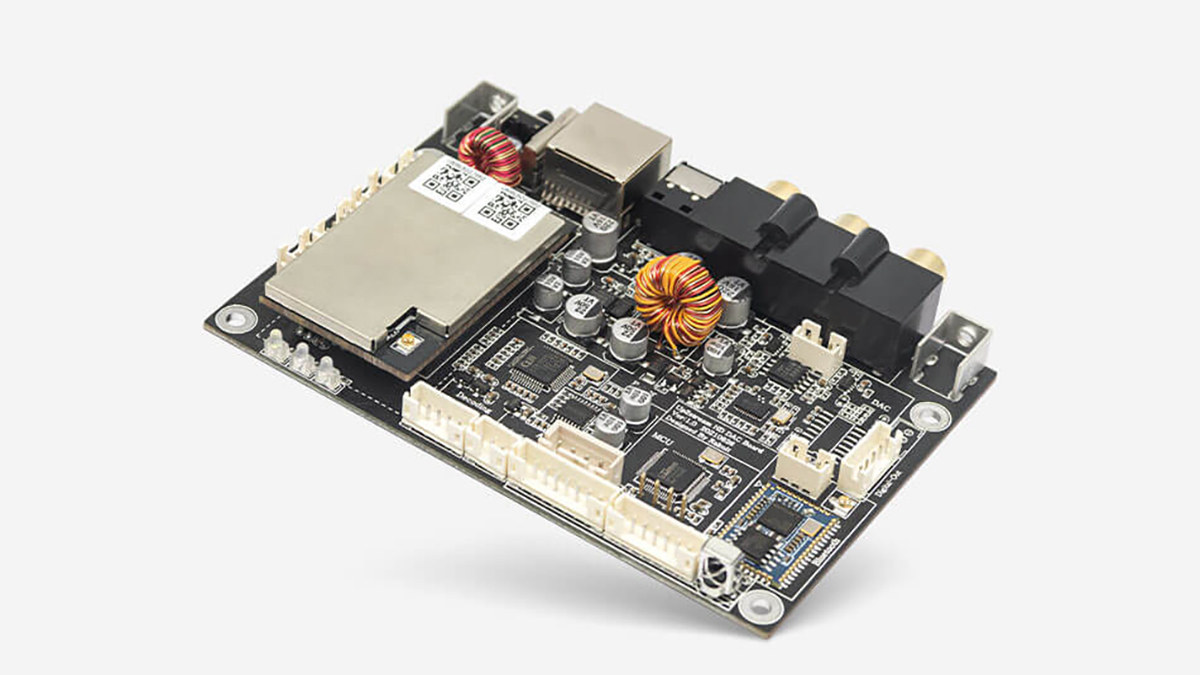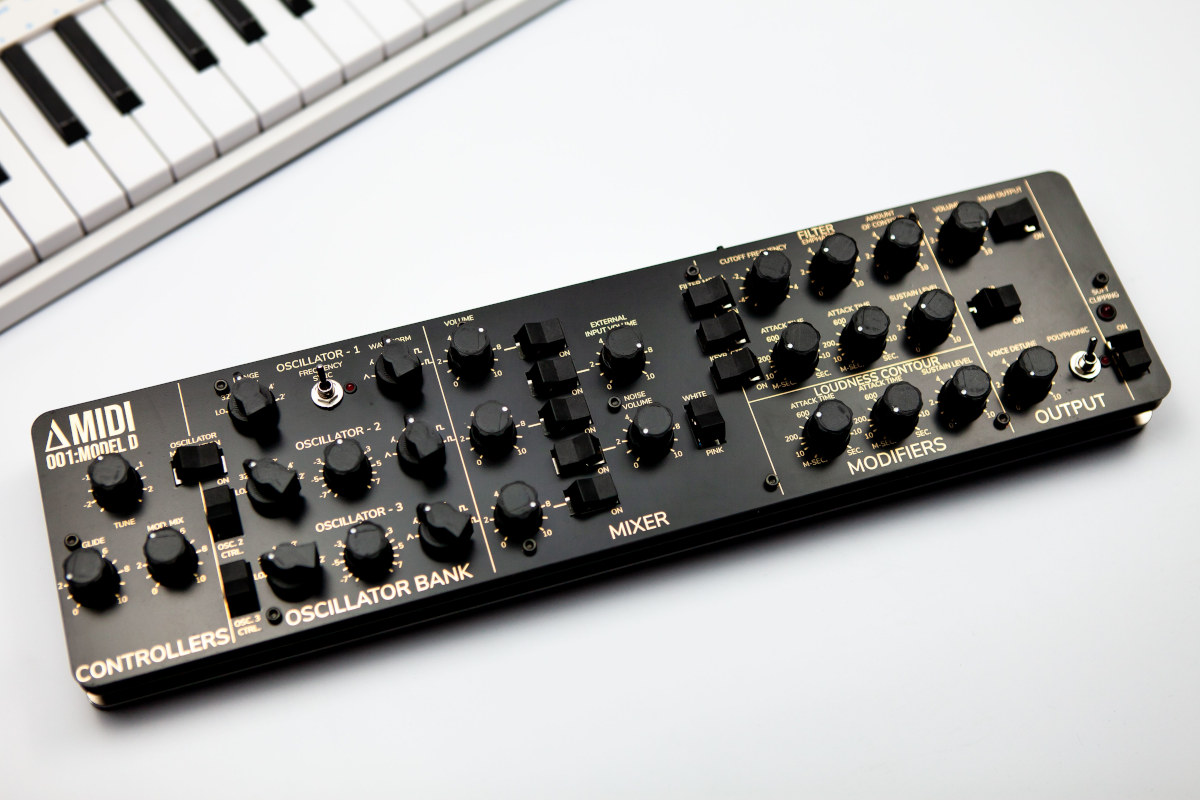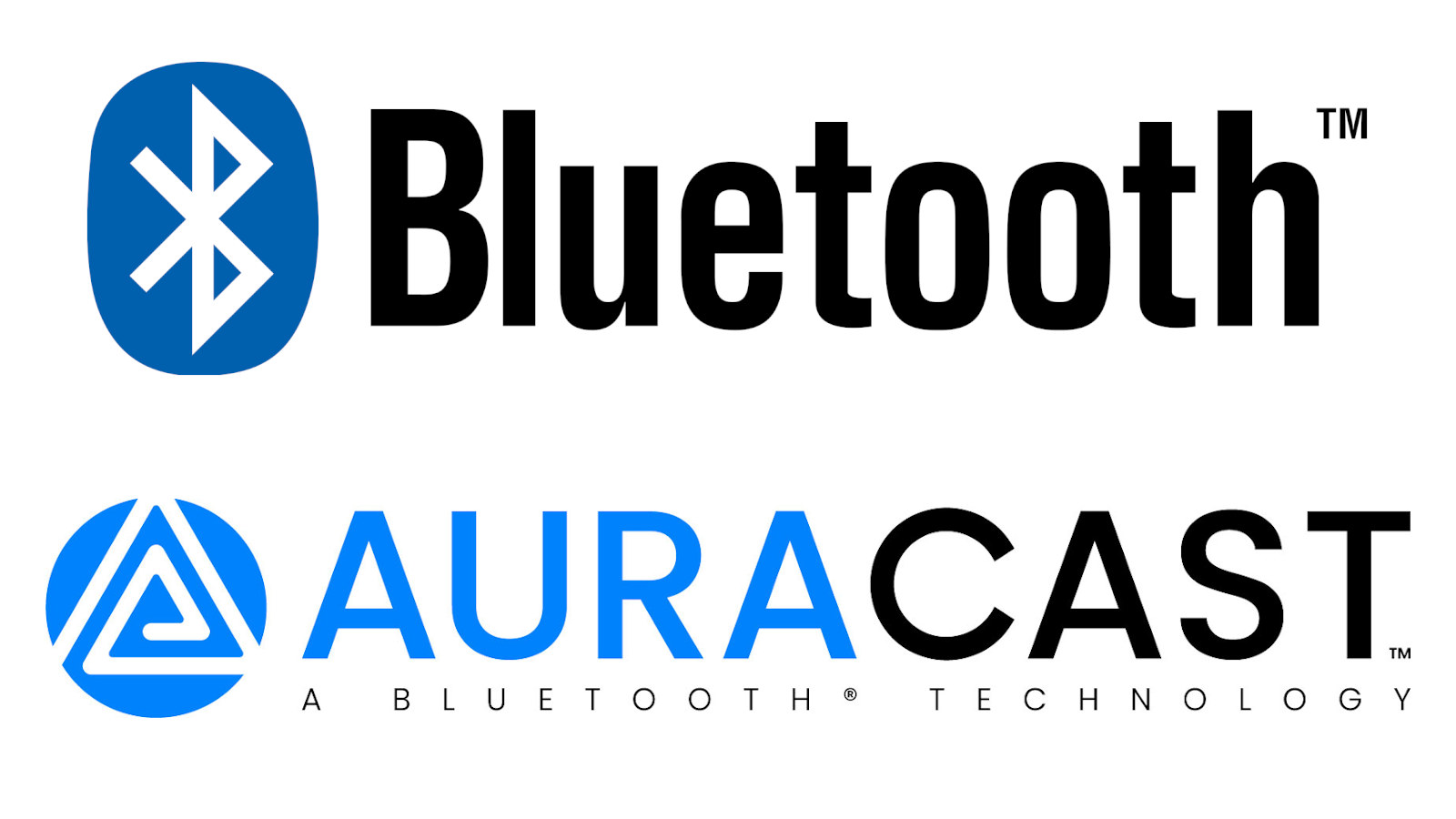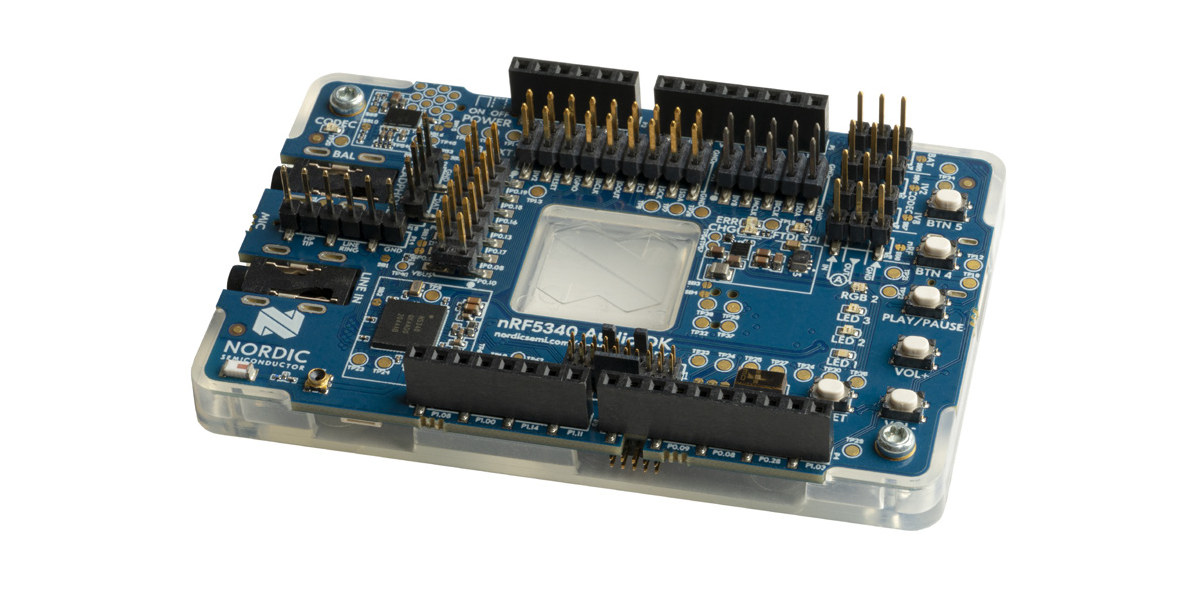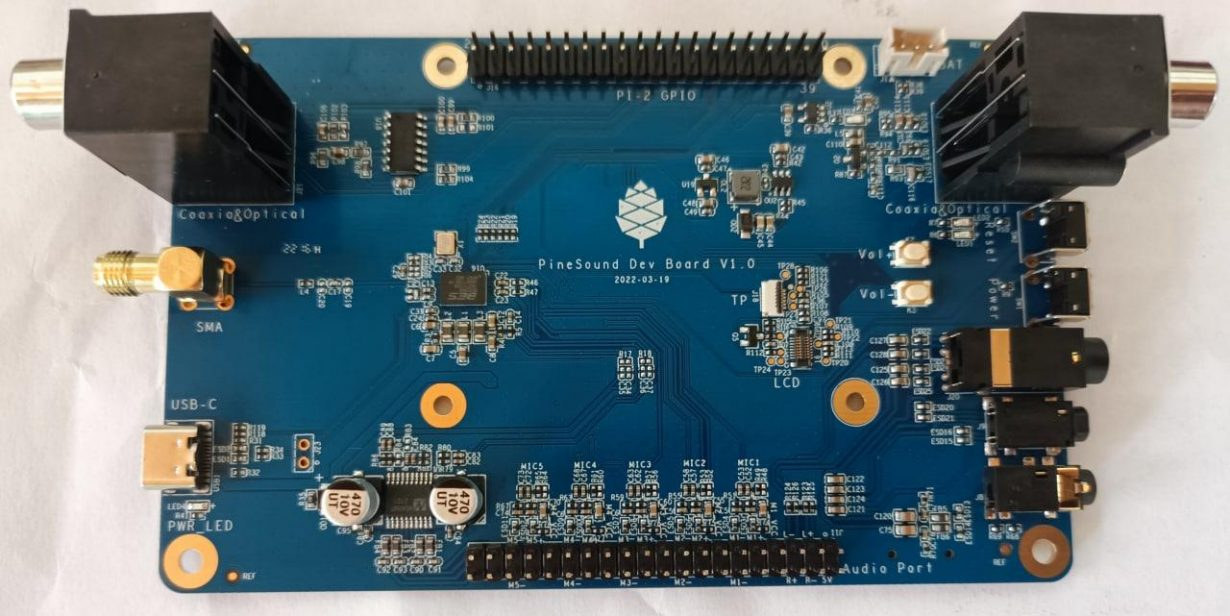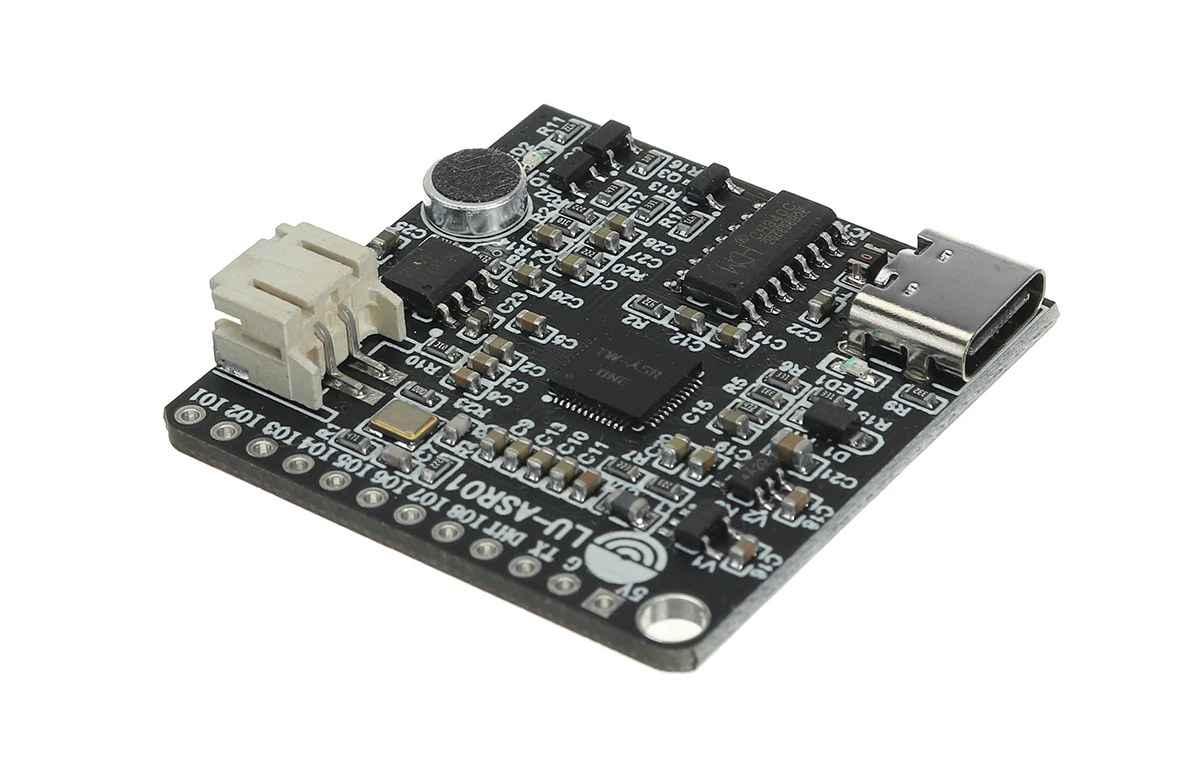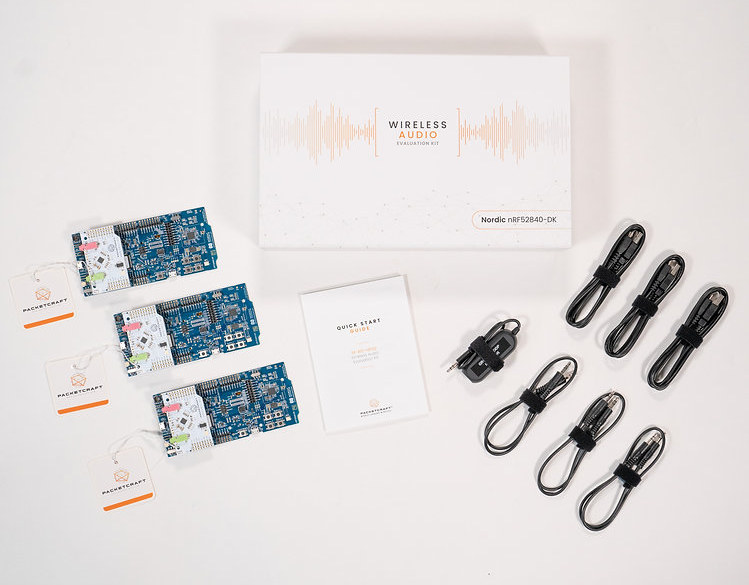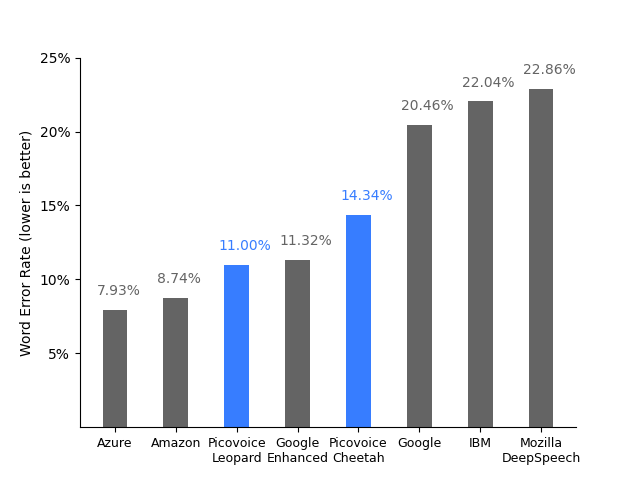Arylic has offered Up2Stream audio receiver modules for DIY wireless speakers since 2018, and their latest module, the Up2Stream HD DAC board supports modern audio features such as Qualcomm aptX HD and Apple Airplay 2. Equipped with a high-performance ESS 9038Q2M audio codec, the wireless audio streaming board delivers 1:1 high-fidelity lossless 192khz/24bits audio output, offers dual-band WiFi, a range of audio input & output ports, and supports services such as Spotify Connect & Tidal Connect making Arylic’s 4Stream app optional. Up2Stream HD DAC board specifications: Analog Audio DAC – ESS 9038Q2M Stereo RCA output AUX input header Digital Audio Optical S/PDIF output, coaxial S/PDIF output, 1:1 up to 24bit / 192kHz Digital input header AUX input header Audio formats – FLAC, MP3, AAC/AAC+, ALAC, APE, WAV Connectivity Ethernet port Dual-band 802.11 b/g/n WiFi 4 Bluetooth 5.0 with support for aptX HD Streaming Protocols – AirPlay 2, DLNA, UPnP, Spotify […]
Arduino-based MIDI controller brings Minimoog Model D synthesizer back to life (Crowdfunding)
ΔMIDI 001:model D is an Arduino-based MIDI controller inspired by the Minimoog Model D synthesizer first introduced in the early 1970’s, but not in production anymore. The MIDI controller is compatible with VST (Virtual Studio Technology) plugins designed for the Minimoog synthesizer, DAWs (Digital Audio Workstation), and as an open-source, can be directly modified or tweaked by its user. ΔMIDI 001:model D key features and specifications: MCU – Arduino-compatible ATMega microcontroller Controls 21x analog potentiometers 6x 6-stage knobs 15x toggle switches 2x lever switches 3x LED indicators 44x physical controls in total. Sync button for instant settings transfer. Map button for changing MIDI mapping on the fly. Class-compliant MIDI-USB protocol implementation Eurorack-compatible design Dimensions – 425 x 110 x 48 mm Weight – 1100 grams Materials – Three layers of fiberglass reinforced laminate with an additional layer of sheet aluminum. All CNC-machined. The 001:model D MIDI controller has been tested […]
Bluetooth Auracast broadcast audio is the new name for Bluetooth LE audio sharing
Multi-stream and broadcast audio features part of the Bluetooth LE Audio standard have been given a brand name by the Bluetooth Special Interest Group (SIG). Meet Bluetooth Auracast broadcast audio, or simply Auracast for shorts. As a reminder, Bluetooth Audio LE broadcast enables an audio transmitter, be it a smartphone, laptop, television, or public address system to broadcast audio to an unlimited number of nearby Bluetooth audio receivers that could be speakers, earbuds, or even hearing devices. Auracast broadcast audio will let users invite others to listen to the same music without disturbing others around them, for example, a group of friends could listen to the music in the subway or on a bus through Auracast-enabled earbuds. Auracast will also be useful in public places, where for instance, users could listen to the audio from muted televisions at airports, gymnasiums, or train stations, and public announcements (e.g. gate changes, boarding […]
Nordic Semi launches the nRF5340 Audio DK for Bluetooth LE Audio development
Nordic Semiconductor nRF5340 Audio DK is a Bluetooth LE audio development kit that enables better audio quality with LC3 codec, longer playtime, and new features such as Multi-Stream Audio and and Broadcast Audio. Equipped with the nRF5340 dual-core Cortex-M33 SoC, nPM1100 PMIC, and Cirrus Logic’s CS47L63 Audio DSP, the kit can be configured as a True Wireless Stereo (TWS) earbud, an LE Audio USB dongle, an enterprise headset, or a broadcast receiver. nRF5340 Audio DK specifications: WiSoC – Nordic Semi nRF5340 dual-core Arm Cortex-M33 multi-protocol microcontroller with support for Bluetooth 5.3 LE, Bluetooth mesh, NFC, Thread, Zigbee, 802.15.4, ANT, and 2.4 GHz proprietary; 1 MB flash and 512 KB of RAM for the 128 MHz application core, and 256 KB Flash and 64 KB RAM for the 64 MHz network core. Storage – MicroSD card holder Audio Cirrus Logic Audio DSP CS47L63 3.5mm mono headphone jack, 3.5mm stereo analog Line IN […]
PineSound is a development board for earbuds and digital audio players
You may have read Pine64’s April’s Fools spoof about the PineBuds and PinePod earlier this month. It turns out those will be real, and the Pine64 PineSound development board will be used to bring the PineBuds earbuds and PinePod digital audio player to market. The PineSound board features Bestechnic BES2300 Bluetooth 5.0 audio chip, two coaxial & optical input and output, a 3.5mm headphone jack, 4.4mm and 2.5mm balanced jacks, an SMA connector, a USB Type-C connector, plus interfaces for a touchscreen display. PineSound preliminary specifications: WiSoC – Bestechnic BES2300-YP dual-core Arm Cortex-M4F @ up to 300 MHz with HW DSP instruction, 992KB SRAM, 4MB flash, Bluetooth 5.0 dual mode. Supports hybrid ANC (active noise cancellation) and TWS (true wireless stereo). Note: the datasheet has been made available in the comments section. Display – LCD (should be SPI) and touch panel connectors Audio Coaxial & optical input (left) Coaxial & […]
$8 LU-ASR01 offline speech recognition board features “TW-ASR ONE” chip
LU-ASR01 is a board capable of offline speech recognition with a built-in microphone, a speaker connector, twelve through holes for GPIOs and a temperature sensor interface for DHT11/DS18B20, plus a USB Type-C port for power and programming. At first, I thought it might be based on the Unisound US516P6 microcontroller which we’ve seen on some inexpensive offline speech recognition modules, but the chip looks completely different, with the marking TW-ASR ONE. So let’s investigate… LU-ASR01 board specifications took some effort, but here’s what I’ve managed: MCU – TW-ASR ONE (aka TWen ASR ONE) microcontroller with 4MB flash, 512KB RAM, and a BNPU for voice processing; package: QFN48L (6x6x0.85mm) Audio I/O Built-in microphone 2-pin speaker header plus 3W power amplifier for 4Ω/3W speaker Voice recognition Up to 10 meters wake-up range 98% ultra-high recognition rate Customizable to 5 wake-up words and 200 recognition words USB – 1x USB Type-C port for […]
Bluetooth LE audio evaluation kit supports nRF52840 Bluetooth Low Energy SoC
Software company Packetcraft has announced the availability of its Bluetooth LE audio evaluation kit for the Nordic Semiconductor nRF52840 Bluetooth Low Energy SoC used to let engineers evaluate the technology and develop Bluetooth LE Audio applications. Bluetooth LE audio was first announced in January 2020 together with the LC3 audio codec, and promised to deliver a much longer battery life for your Bluetooth headphone or battery-operated speaker, as well as support for multi-stream and broadcast audio. But it’s taken some time before being adopted in chips like Qualcomm QCC305x/QCC3056 or FastConnect 7800, as well as operating systems with, for instance, Android 12 being the first version of Android with LE audio support. The kit is comprised of three Nordic Semi nRF52840-DK boards each fitted with a Packetcraft audio interface board (AIB) equipped with two 3.5mm audio jacks for microphone and speaker, plus a ground loop isolator, three 3.5mm audio cables […]
Picovoice on-device speech-to-text engines slash the requirements and cost of transcription
Picovoice Leopard and Cheetah offline, on-device speech-to-text engines are said to achieve cloud-level accuracy, rely on tiny Speech-to-Text models, and slash the cost of automatic transcription by up to 10 times. Leopard is an on-device speech-to-text engine, while Cheetah is an on-device streaming speech-to-text engine, and both are cross-platform with support for Linux x86_64, macOS (x86_64, arm64), Windows x86_64, Android, iOS, Raspberry Pi 3/4, and NVIDIA Jetson Nano. Looking at the cost is always tricky since companies have different pricing structures, and the table above basically shows the best scenario, where Picovoice is 6 to 20 times more cost-effective than solutions from Microsoft Azure or Google STT. Picovoice Leopard/Cheetah is free for the first 100 hours, and customers can pay a monthly $999 fee for up to 10,000 hours hence the $0.1 per hour cost with PicoVoice. If you were to use only 1000 hours out of your plan that […]


